Aviation has shaped our modern world in ways that would have seemed impossible just over a century ago. From the Wright brothers’ first powered flight to today’s supersonic jets, the story of human flight continues to captivate travelers and history enthusiasts alike.
These remarkable sites preserve the legacy of aviation pioneers while offering visitors a chance to walk where history was made. Many of these locations still buzz with activity today, blending their storied past with cutting-edge technology.
Here is a list of 20 historic airports and aviation sites that welcome visitors from around the globe. These destinations offer everything from interactive exhibits to preserved aircraft that tell the story of humanity’s greatest adventure.
Wright Brothers Memorial, North Carolina
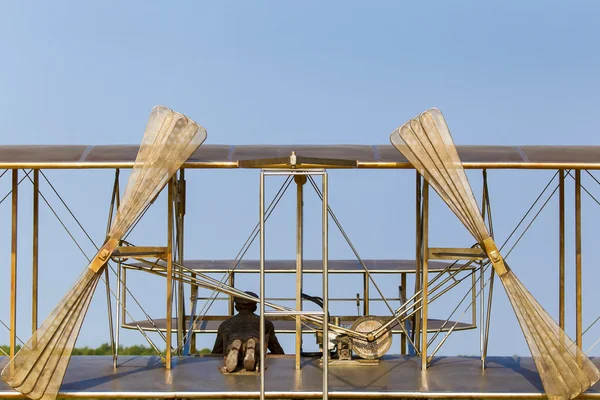
The windswept dunes of Kitty Hawk remain hallowed ground for aviation enthusiasts worldwide. Here on December 17, 1903, Orville and Wilbur Wright achieved the first powered, sustained, and controlled heavier-than-air human flight.
The memorial features a 60-foot granite monument marking the exact spot where their fragile Flyer lifted off for those historic 12 seconds.
Air and Space Museum, Washington, D.C.

The Smithsonian’s flagship aviation museum houses the most significant collection of historic aircraft and spacecraft on Earth. Visitors can see the actual Wright Flyer, Charles Lindbergh’s Spirit of St. Louis, and the Apollo 11 command module that carried astronauts back from the moon.
The museum’s location on the National Mall makes it one of the most visited museums in the world.
Like Travel Pug’s content? Follow us on MSN.
Museum of Flight, Seattle

Boeing’s hometown museum showcases the evolution of flight from early biplanes to modern jetliners. The facility spans multiple buildings and includes everything from a Concorde supersonic transport to Air Force One — the actual presidential aircraft used by Eisenhower, Kennedy, and Johnson.
Interactive exhibits let visitors experience what it’s like to pilot various aircraft through history.
Air Force Museum, Dayton
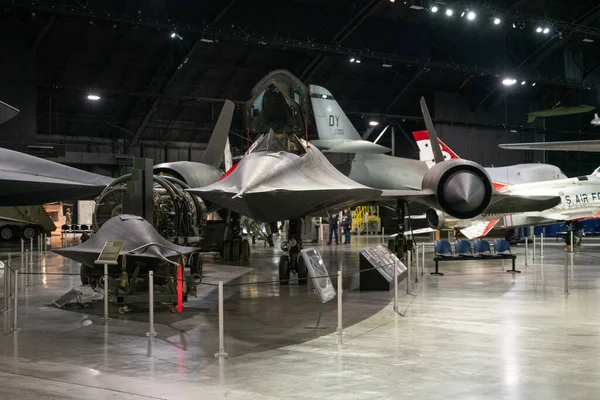
Wright-Patterson Air Force Base hosts the world’s largest military aviation museum, featuring over 360 aircraft and missiles. The collection spans from World War I fighters to experimental aircraft that pushed the boundaries of what seemed possible.
Dayton’s connection to the Wright brothers makes this location especially meaningful for understanding aviation’s complete story.
San Diego Air & Space Museum, California
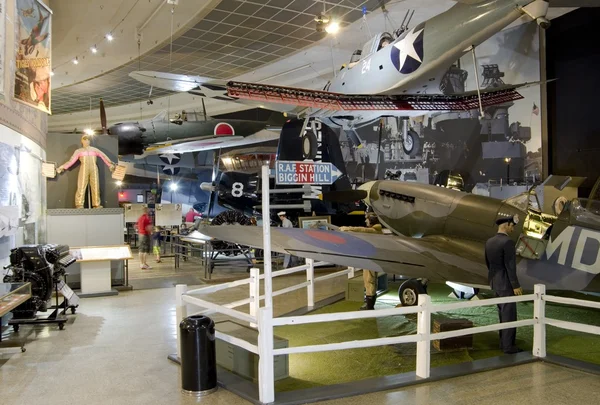
Balboa Park’s aviation jewel focuses heavily on naval aviation and the Golden Age of Flight. The museum’s restoration hangar lets visitors watch skilled craftspeople bring vintage aircraft back to life, while the collection includes rare examples of aircraft that shaped both civilian and military aviation.
Southern California’s perfect flying weather made San Diego a natural hub for early aviation development.
Like Travel Pug’s content? Follow us on MSN.
Intrepid Museum, New York City
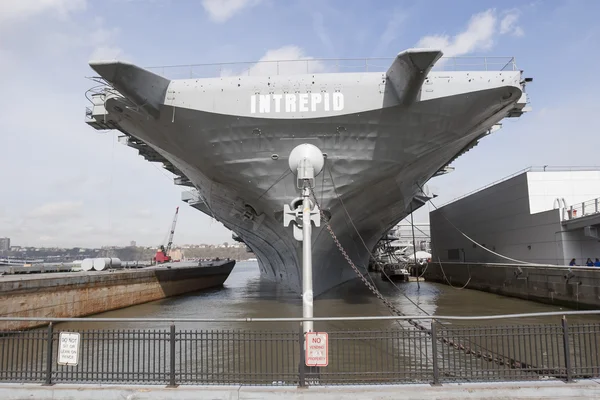
This decommissioned aircraft carrier turned museum floats permanently in Manhattan’s Hudson River. The flight deck displays everything from World War II fighters to modern jets, while the hangar deck houses the space shuttle Enterprise.
Standing on the deck of this floating museum — with Manhattan’s skyline as backdrop — creates an unforgettable perspective on both naval and space exploration history.
Pima Air Museum, Tucson
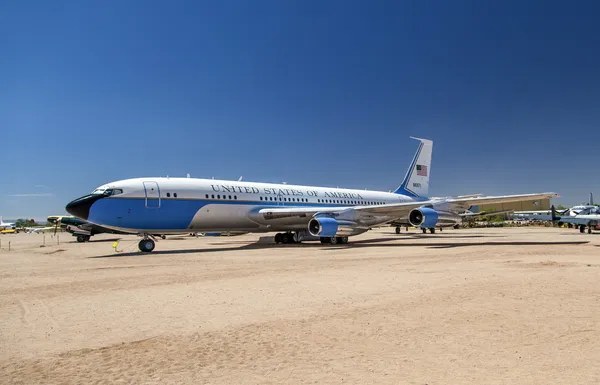
Arizona’s dry climate has made Tucson a perfect preservation site for historic aircraft, with over 400 planes spread across 80 acres. The museum includes everything from early mail planes to modern military jets, plus guided tours of the nearby aircraft boneyard where retired military planes await their final fate.
The desert setting provides a dramatic backdrop for these mechanical marvels.
Strategic Air Museum, Nebraska
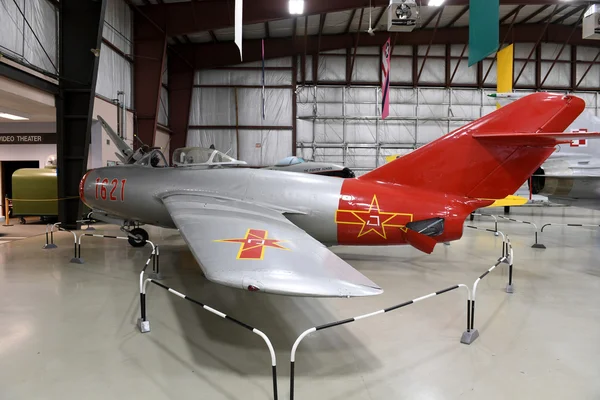
This Nebraska museum preserves the Cold War legacy of America’s nuclear deterrent force through an impressive collection of bombers and missiles. Visitors can walk through massive B-52 Stratofortresses and see the aircraft that kept peace through strength during tense decades.
The museum’s location near Omaha reflects the region’s crucial role in strategic air operations.
Like Travel Pug’s content? Follow us on MSN.
Evergreen Aviation Museum, Oregon

McMinnville’s claim to fame is housing Howard Hughes’ massive Spruce Goose, the largest wooden aircraft ever built. This eight-engine flying boat represents one of aviation’s most ambitious projects, though it flew only once before being retired.
The museum has expanded to include space exploration exhibits and even an IMAX theater.
Cradle of Aviation, Long Island
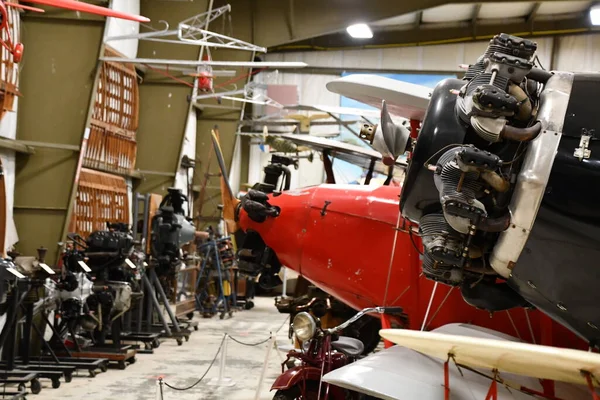
Long Island’s rich aviation heritage comes alive at this museum located on the historic Mitchel Field. The facility celebrates the region’s role in early aviation, from Glenn Curtiss’s pioneering flights to the aerospace industry that once thrived here.
Interactive exhibits let visitors experience the golden age of aviation when Long Island was America’s flying capital.
Tempelhof Airport, Berlin
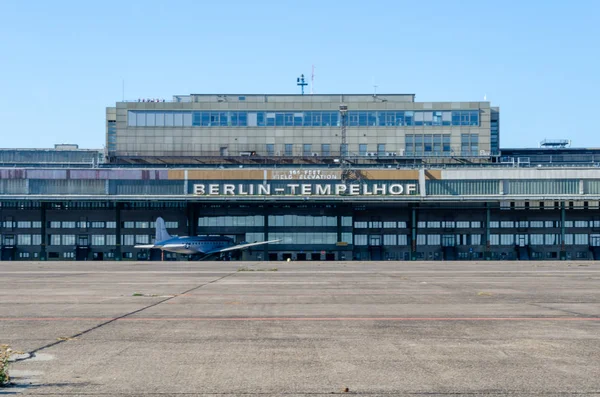
This massive Art Deco airport served as a symbol of freedom during the Berlin Airlift, when Allied planes delivered supplies to the blockaded city. Though commercial flights ended in 2008, the terminal building now hosts tours that reveal its complex history spanning Nazi Germany to Cold War tensions.
The enormous structure — once among the world’s largest buildings — showcases 1930s architecture at its most ambitious.
Like Travel Pug’s content? Follow us on MSN.
Croydon Airport, London
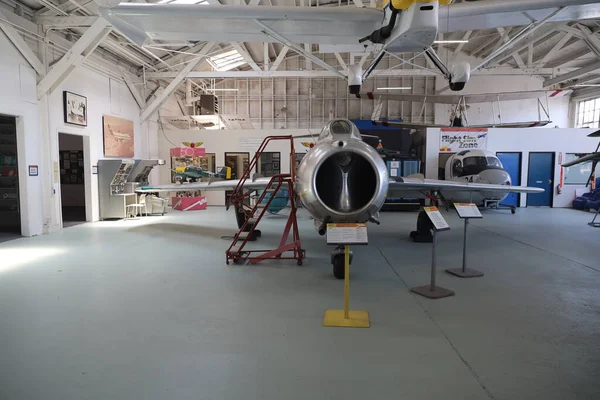
London’s first major airport played a crucial role in pioneering international air travel during the 1920s and 1930s. While flying operations ceased decades ago, the preserved control tower and terminal building tell the story of early commercial aviation.
Visitors can explore the Art Deco facilities where passengers once began their journeys to exotic destinations across the British Empire.
Le Bourget Airport, Paris
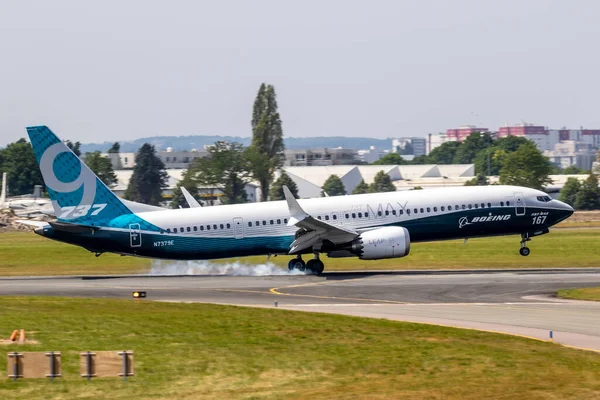
This historic Paris airport now serves as home to France’s national air and space museum, displaying aircraft from early pioneers to modern military jets. The site remains famous for Charles Lindbergh’s landing here after his solo Atlantic crossing in 1927, an arrival that drew massive crowds and international headlines.
The museum’s collection includes rare French aircraft that shaped aviation history.
Teterboro Airport, New Jersey
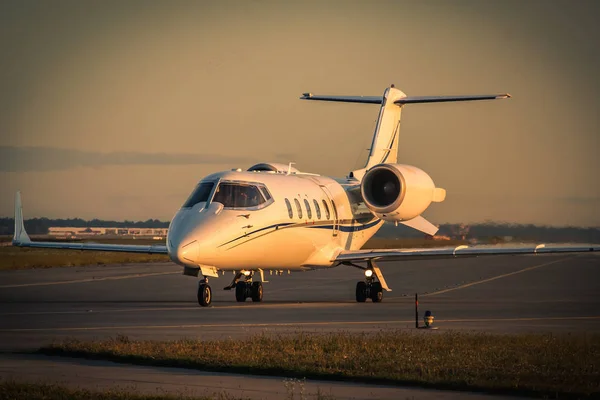
Just miles from Manhattan, this historic airport continues operating while preserving its golden age heritage through the adjacent aviation museum. Teterboro played a key role in early commercial aviation and still serves corporate jets today, creating a unique blend of past and present.
The museum’s collection focuses on the airport’s role in connecting New York to the wider world.
Like Travel Pug’s content? Follow us on MSN.
Meigs Field site, Chicago
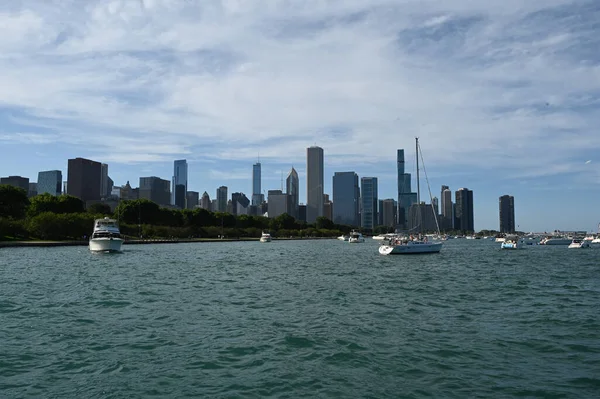
Though the controversial closure of this lakefront airport in 2003 eliminated its runways, the site now serves as a park while preserving memories of downtown aviation. Meigs Field once provided stunning approaches over Lake Michigan directly into Chicago’s heart, making it one of America’s most scenic airports.
The location demonstrates how urban aviation evolved and sometimes disappeared as cities grew.
Boeing Everett Factory
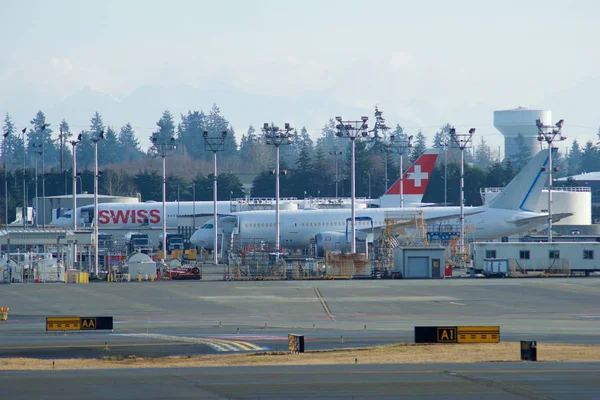
The world’s largest building by volume houses Boeing’s wide-body aircraft production, where visitors can watch 747s, 767s, 777s, and 787s take shape. Guided tours reveal the incredible complexity of modern aircraft manufacturing while highlighting Boeing’s role in making air travel accessible worldwide.
The facility’s scale — covering 98 acres under one roof — demonstrates the industrial might behind modern aviation.
Edwards Air Force Base, California
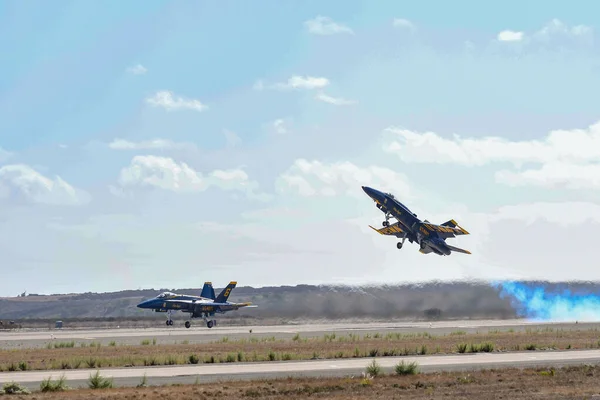
This high desert test facility has witnessed more aviation breakthroughs than any other location on Earth. From Chuck Yeager breaking the sound barrier to space shuttle landings, Edwards has pushed the boundaries of flight for decades.
While access requires planning due to security restrictions, special tours let visitors see where experimental aircraft continue testing the limits of possibility.
Like Travel Pug’s content? Follow us on MSN.
Pearl Harbor Aviation Museum, Hawaii
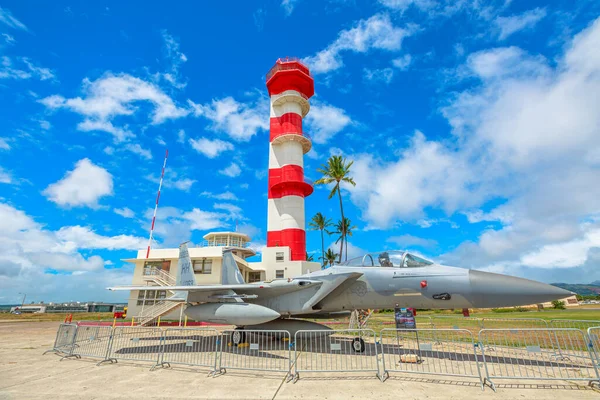
Ford Island’s historic hangars, scarred by Japanese attacks on December 7, 1941, now house aircraft that tell the Pacific War’s aviation story. Visitors can see bullet damage from that infamous day while exploring the aircraft that eventually helped win the war.
The museum’s location on the actual Pearl Harbor battlefield adds emotional weight to understanding aviation’s role in world-changing events.
Warplane Heritage Museum, Ontario
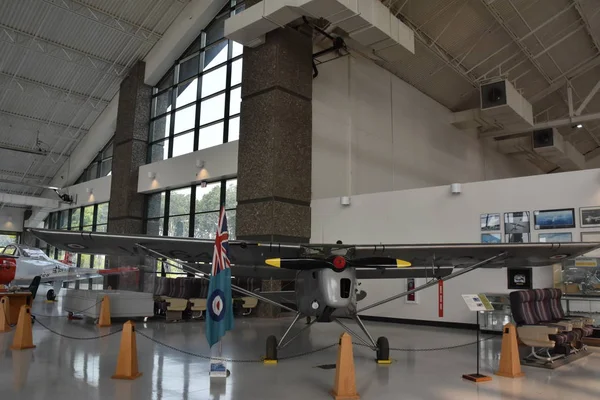
This Canadian museum keeps vintage aircraft flying rather than simply displaying them, with regular air shows featuring operational World War II bombers and fighters. The collection includes the only airworthy Avro Lancaster bomber in North America, plus other rare aircraft maintained in flying condition.
Hamilton’s industrial heritage made it a natural location for preserving Canada’s aviation legacy.
Imperial War Museum, Duxford
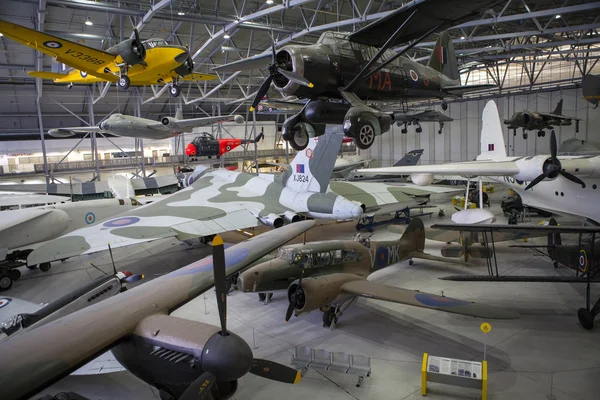
Duxford Airfield preserves Britain’s aviation heritage while remaining an active airfield where vintage aircraft still take to the skies. The museum houses the world’s finest collection of military aircraft in multiple hangars spread across this historic Royal Air Force base.
Regular air shows bring these machines back to life, demonstrating that history here is more than static displays.
Like Travel Pug’s content? Follow us on MSN.
Where aviation dreams take flight

These remarkable sites connect us to humanity’s boldest adventure while inspiring future generations to reach even higher. From the simple wooden Flyer that first lifted off at Kitty Hawk to the complex jets that now carry millions safely across oceans, each location preserves crucial chapters in our ongoing flight story.
Many of these airports and museums continue advancing aviation through research, education, and preservation efforts that ensure these mechanical marvels survive for future generations. The evolution from those first tentative hops to today’s routine global travel represents perhaps the most dramatic transformation in human transportation history.
Whether you’re drawn to the romance of early flight or the cutting-edge technology of modern aviation, these destinations offer windows into the dreams and determination that gave humanity wings.
More from Travel Pug

- 20 Best Beach Towns in the Carolinas
- 13 Destinations Where Tourists Regularly Regret Their Trip
- 20 Things You Actually Get in First Class
- 20 Small Airports With Aviation Museums
- 20 Places in the U.S. That Are Perfect for a Reset Trip
Like Travel Pug’s content? Follow us on MSN.
